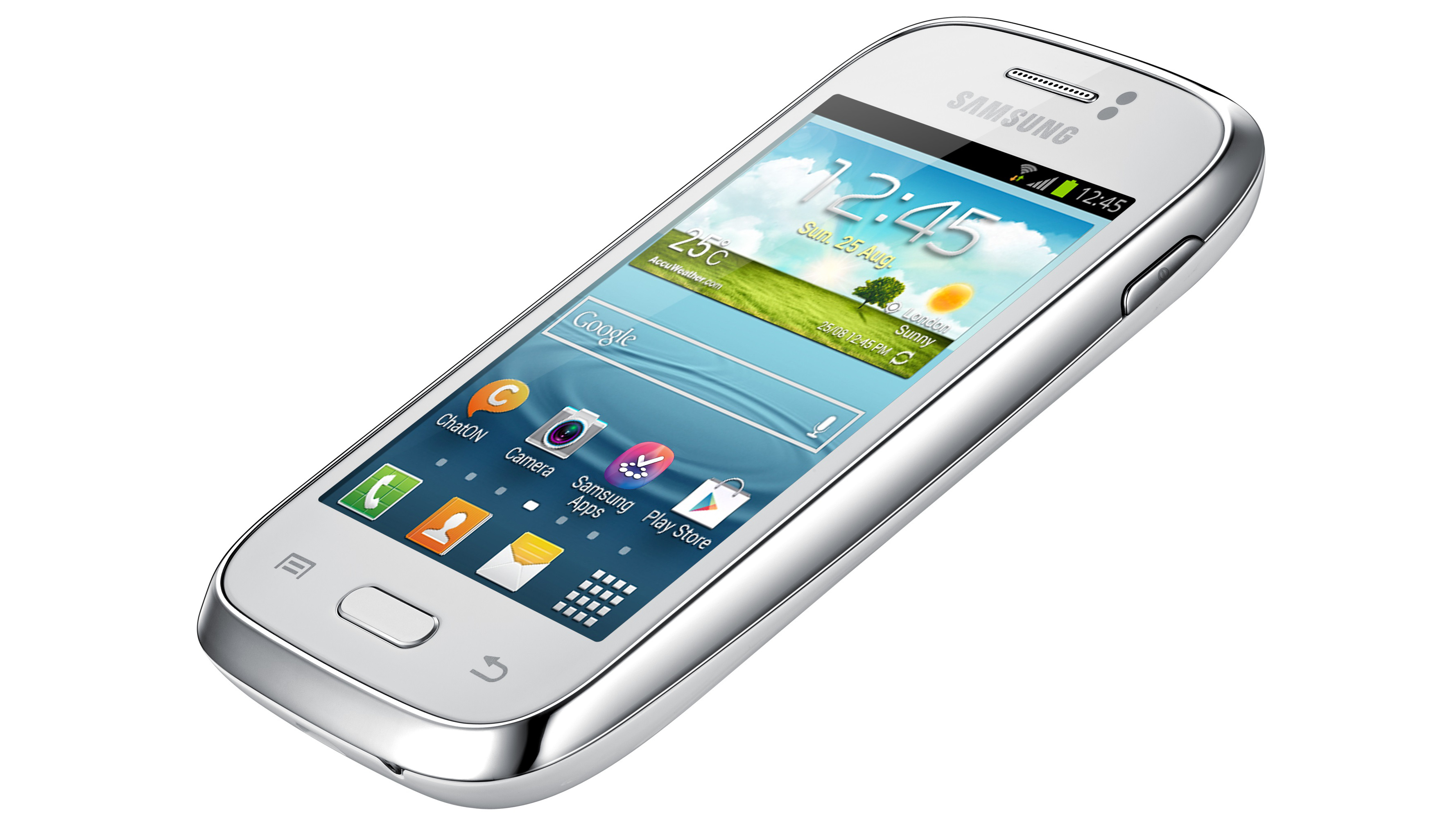Why you can trust TechRadar
Looking at the Samsung Galaxy Young it is clear what the key feature is; the price. There are some obvious trade-offs in terms of specs though in the form of a rather underpowered camera, smaller screen and diminutive processor.
As a second phone or a festival phone it is unlikely that these will prove to be a massive deal breaker as moving around the phone, navigating through text messages and making calls is both simple and fast.
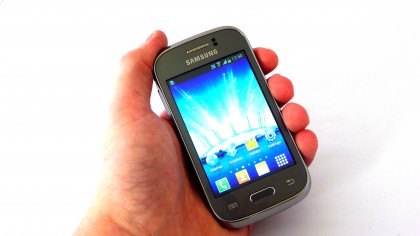
As a first smartphone the remit is slightly different, but again those moving from feature phones will struggle to find fault with the way the Galaxy Young handles basic phone functions. Even moving around between home screens and the app drawer is handled well.
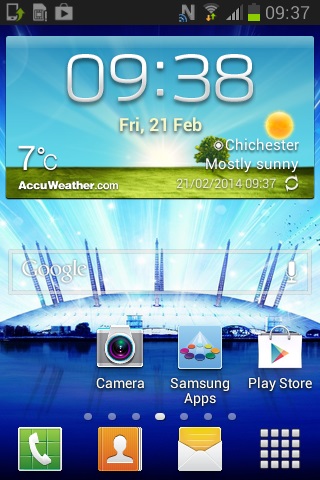
It is in some of the more advanced functions that the Galaxy Young tends to struggle. Even modern feature phones come equipped with higher powered cameras, and the likes of the Nokia Lumia 520 (which as a similar contract price) come with 5MP offerings rather than the 3.2MP of the Young.
This is an area that I can see holding the Young back, especially given that the naming suggests the Young will be pitched to those just starting high school.
Younger generations have a tendency to want to snap a lot of selfies, as well as then posting these images to Facebook or Instagram.
With the poor camera on offer this is something that I can't see ever appealing. The Galaxy Fame with its upgraded camera, and LED flash that is missing on the Young, is certainly beginning to seem a better investment.
Android 4.1 Jelly Bean is also vaguely disappointing, but there's some hope KitKat might make an appearance as it supports handsets sporting as little as 512MB RAM.
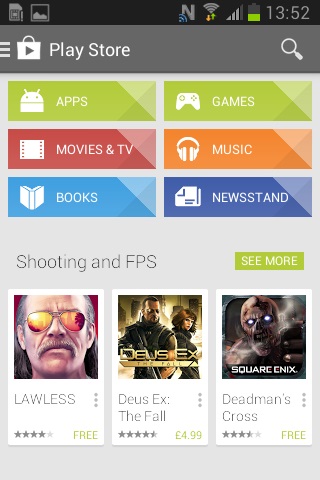
I would also suggest that the smaller storage would also start to be a bit of a bug bear on a two year contract.
This will be especially problematic for younger users that will likely want to download and remove apps freely; that 1.5GB will fill up very quickly with casual games .
The addition of the microSD card does take some of the strain, especially for the storing of photos and music, as does the inclusion of Dropbox for cloud storage of photos.
Still, the Galaxy Young manages to live up to its mantra of being a basic smartphone and for a rather reasonable price. It will never set the world alight but will never burn a hole in your pocket, and as a first smartphone or as a disposable/second phone its clear which one is more important.
Performance
In terms of performance you would be forgiven for thinking that the Samsung Galaxy Young would suffer given its lower powered insides.
To an extent this is true, throw any heavy lifting its way and the Young slows down although I didn't find any real hindrance.
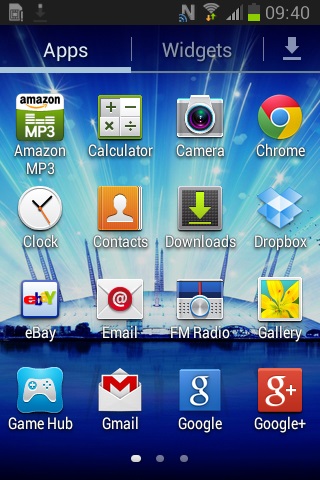
This was in part because the whole nature of the Galaxy Young leaves you not wanting to throw an awful lot its way. Heavy gaming and video watching are certainly out of the picture as the smaller screen fails to provide any real experience.
Loading up the camera app, something that I have found can take a while on lower powered handsets, was rather smooth as too was snapping photos.
Having a shortcut on the lock screen was also a big help, although there was still a little lag. This meant that the moment had passed more often than not before I had the chance to capture it.
One key area that Samsung phones shine in their performance is thanks to Samsung's TouchWiz UI. Having been around since the earliest iterations of Android, Samsung has had the time to develop its UI to be one of the best around.
This means that the Galaxy Young comes in feeling a lot smarter than a fair amount of other lower priced handsets, especially ones that come with heavy network branding.
Anybody that has used a Samsung or Android smartphone will feel immediately at home; the app drawer and widgets are all available. Elsewhere Samsung has added an Easy home screen mode that makes it easier to move around if the Young is your first smartphone, or if you're hard of sight.
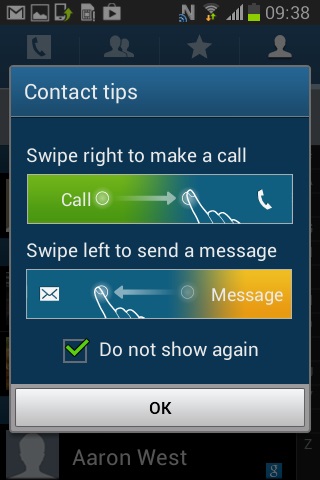
Unfortunately all of Samsung's additions do take up vital storage space, something that is in limited supply on the Galaxy Young.
An Amazon MP3 app and eBay app alongside the Game Hub and Samsung App Store will likely go unused, and the eBay mobile site is just as easy to use as the app.
The inclusion of two web browsers - Chrome as well as the native Internet browser - is also baffling. Sony has gotten it down to a tee on its Xperia devices by only leaving Chrome, Samsung should really take note here as ways to cut down and maximise space.
Geekbench scores of 228 for a single core is really rather disappointing, and puts it lower than nigh on every other handset on the Geekbench site, coming only marginally higher than the Samsung Galaxy Ace 2.
Overall though I doubt the performance of the Galaxy Young to ever be hindrance. It is ideal for browsing through social networking sites and casual web browsing, providing a cheap, satisfactory smartphone experience.
Current page: Key features and performance
Prev Page Introduction and design Next Page Battery life and connectivity